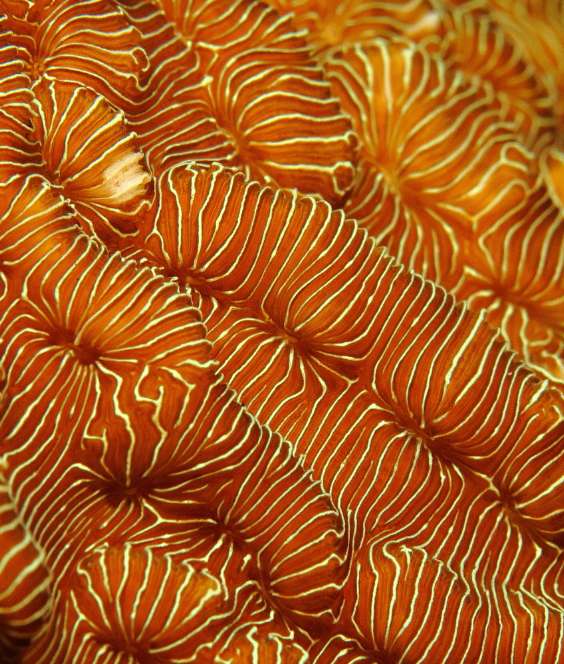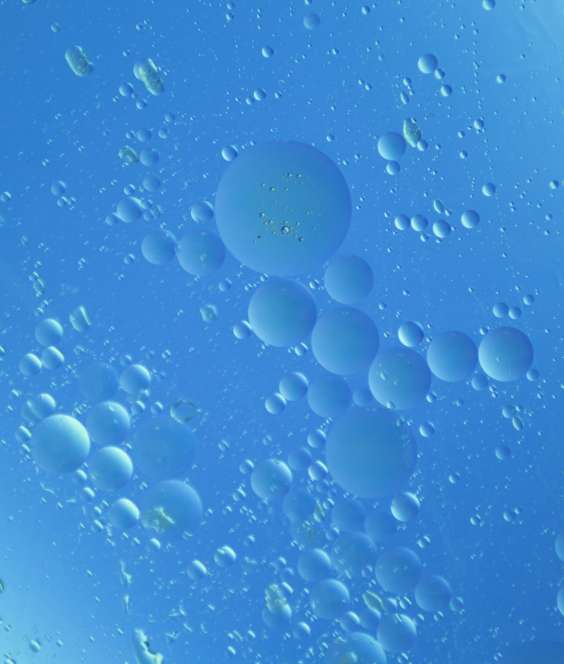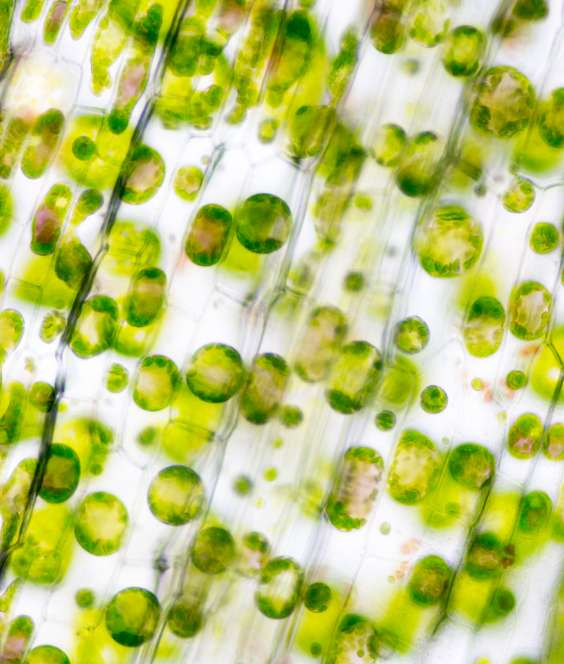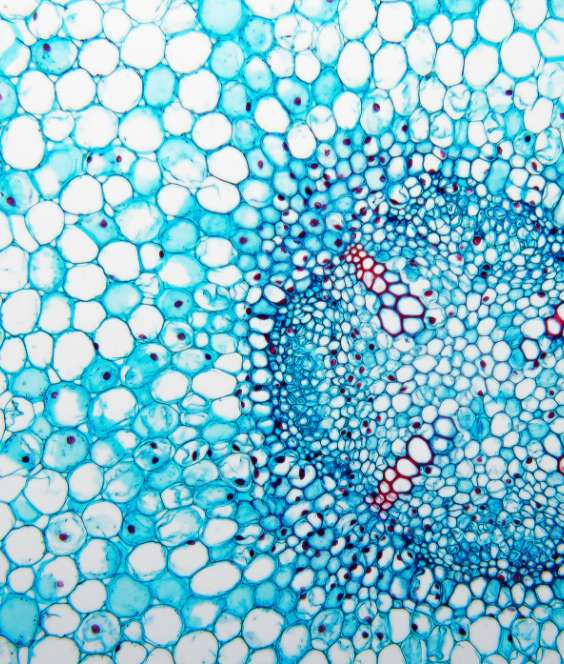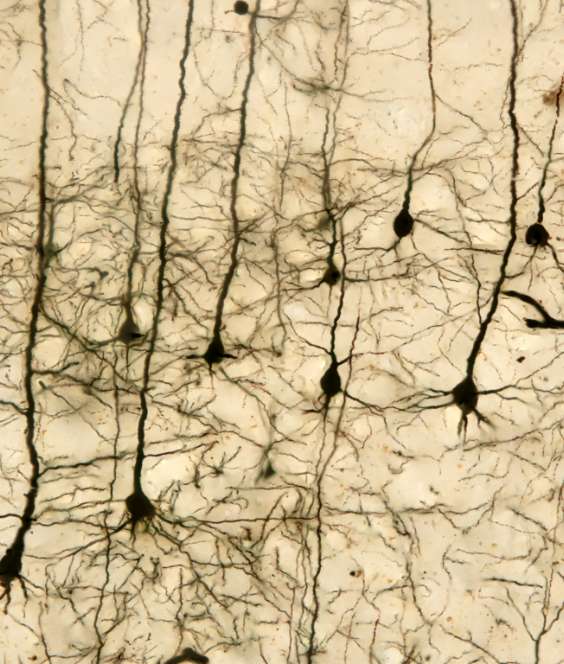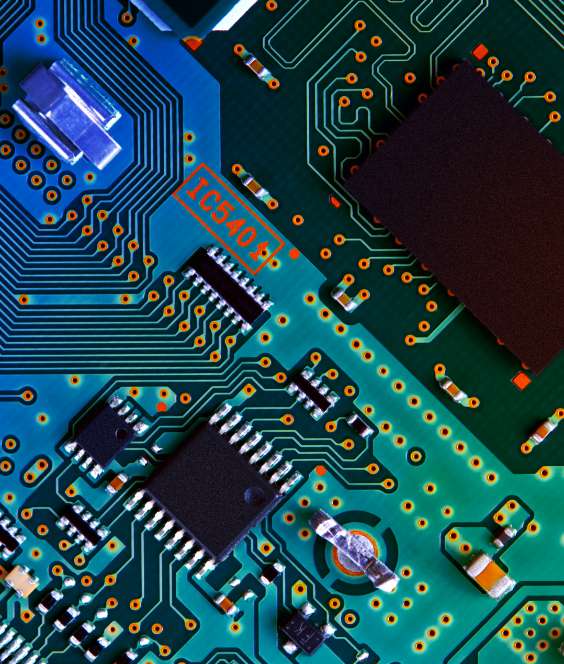About the Biodesign Institute
The Biodesign Institute is a place unlike any other. Here, hundreds of scientists — biologists, physicists, chemists, engineers, mathematicians — cross boundaries and work together, creating nature-inspired solutions to global challenges in health, sustainability and security.
The Biodesign Institute is hardwired for transdisciplinary research. You won’t find departments here. Instead, we are organized into research centers, which solve problems holistically with teams of faculty from departments across ASU.
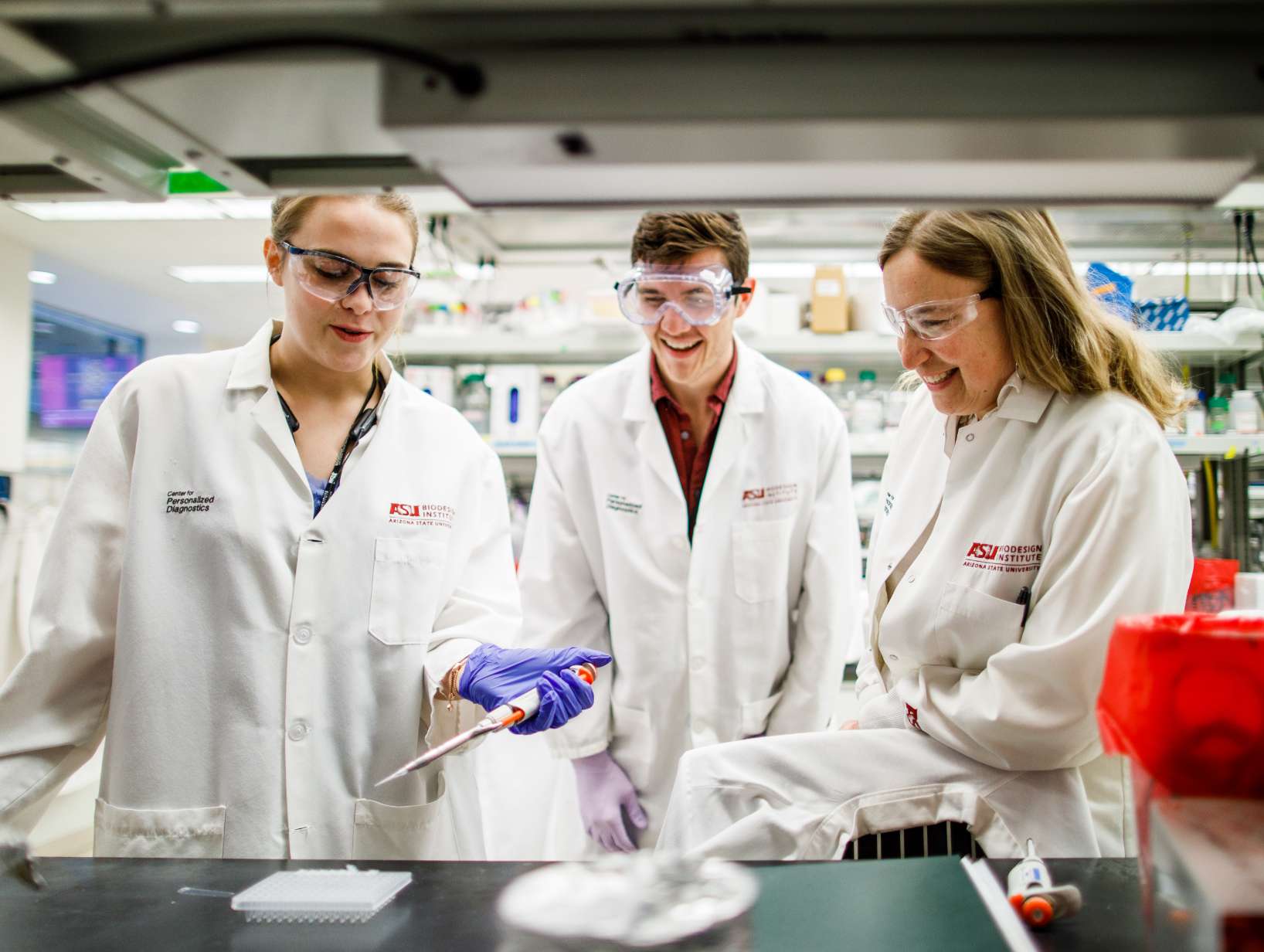
A legacy of impact
The Biodesign Institute’s research leads to discoveries and inventions that answer today’s challenges.
Our scientists have created a therapy against the Ebola virus, discovered an early diagnostic for breast cancer, provided data that brought potentially harmful chemicals in personal-care products to light, and developed the first publicly available saliva-based COVID-19 test in the nation.
2,500
Estimated to support over 2,500 jobs through 2023
1,023
Generated more than 1,023 inventions
50
Launched 50 spinout companies as of July 2023
A community of experts
Our scientists work in a unique environment that fosters collaboration across disciplines. This research community lays the foundation for connections that lead to rapid answers for some of the world’s most urgent problems.
Connection leads to faster innovation
Our history
To succeed in the global economy, Arizona recognized that it must better educate its workforce, attract more investment, expand industrial growth and further new knowledge in critical areas.
The Technology and Research Initiative Fund (TRIF) is a small portion of a sales tax approved by Arizona voters in 2000 to benefit the state’s education system. TRIF empowers research, innovation and workforce development at Arizona’s three public universities.
ASU decided to invest the bulk of its TRIF allocation in bioscience and related technology areas in creating the Biodesign Institute. In 2002, ASU committed to establish the institute as a flagship initiative to advance its scientific research and development capabilities. This investment enabled the Biodesign Institute’s first recruitment effort, and we opened our first building — Biodesign A — in 2004.
This goal pushed the Biodesign Institute to predict the trajectory of bioscience advances and create large, interdisciplinary programs. This strategy has helped grow a globally competitive biosciences industry cluster in Arizona.
According to the Flinn Foundation’s Bioscience Roadmap report, from 2002 to 2020, Arizona’s non-hospital bioscience industry jobs grew by 113.4%, nearly three times greater than the growth nationwide.

Facilities
Learn about Biodesign’s award-winning complex and shared instrument facilities that promote collaboration and advance our research.

Research centers
See where the science happens and learn more about our research centers, each dedicated to a critical topic or foundational area of study.
The problem that the immune system solves for the body is roughly the same problem we would like cybersecurity systems to solve. There should be general principles that govern what kinds of threats emerge and what kind of defenses evolve to protect against those threats. We need to ask ourselves: are there general principles that govern malicious behaviors in systems? How do we defend against them?

